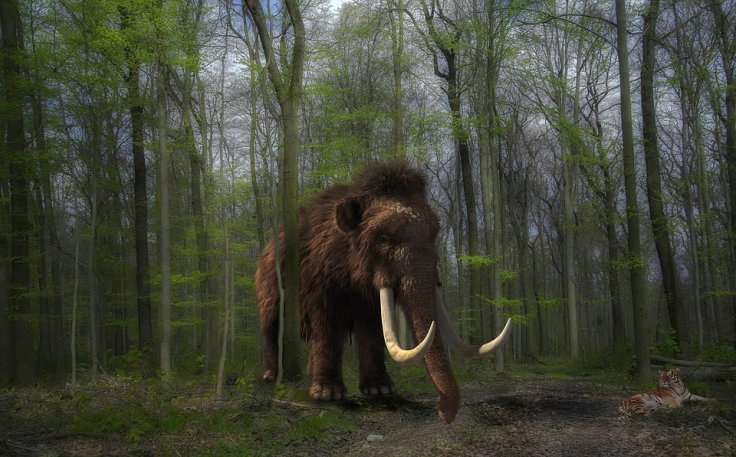
The last woolly mammoths once survived on Wrangel Island in the Arctic Ocean before they were wiped out about 4,000 years ago.
The circumstances have been reconstructed by a global research team from the Universities of Helsinki and Tübingen and the Russian Academy of Sciences. The combination of isolated habitats as well as extreme weather, along with the arrival of prehistoric man, might have led to their extinction.
The team surmises that in the last ice age a few 100,000 to 15,000 years ago, the mammoths were spreading in the northern hemisphere from Spain to Alaska. But only due to global warming a few 15,000 years ago, the habitat of the mammoths in Northern Siberia and Alaska came under threat.
For another 7,000 years, a few mammoths survived on Wrangel Island cut off from the mainland by rising sea levels. Researchers from Finland, Germany and Russia explored the isotope compositions of carbon, nitrogen, sulfur and strontium, from a number of mammoth bones and teeth from Northern Siberia, Alaska, the Yukon, and Wrangel Island. The team's aim seemed to be to compile data on any changes that could be observed in the mammoths' living environment. They are also trying to detect any disturbance in the environment.
The team found that the Wrangel Island mammoths' collagen carbon and nitrogen isotope compositions showed no shifts at all, although there was a warming up of the climate some 10,000 years ago. There was no change in the values until they vanished from their stable environment.

The reasons for the sudden vanishing of the woolly mammoths seem to be due to a series of events such as extreme weather conditions including a rain-on-snow. For instance, an icing event might have totally covered the earth, preventing the mammoths from foraging for food. Hence, that could have led to the mammoths getting wiped out.
"It's easy to imagine that the population, perhaps already weakened by genetic deterioration and drinking water quality issues could have succumbed after something like an extreme weather event," says professor Hervé Bocherens from the Senckenberg Center for Human Evolution and Palaeo environment at the University of Tübingen, a co-author.
Human intervention is also a remote possibility for the extinction. The earliest archaeological evidence of humans on Wrangel Island goes back to a few hundred years after the discovery of the last mammoth bone.
The study is published in Quaternary Science Reviews.









